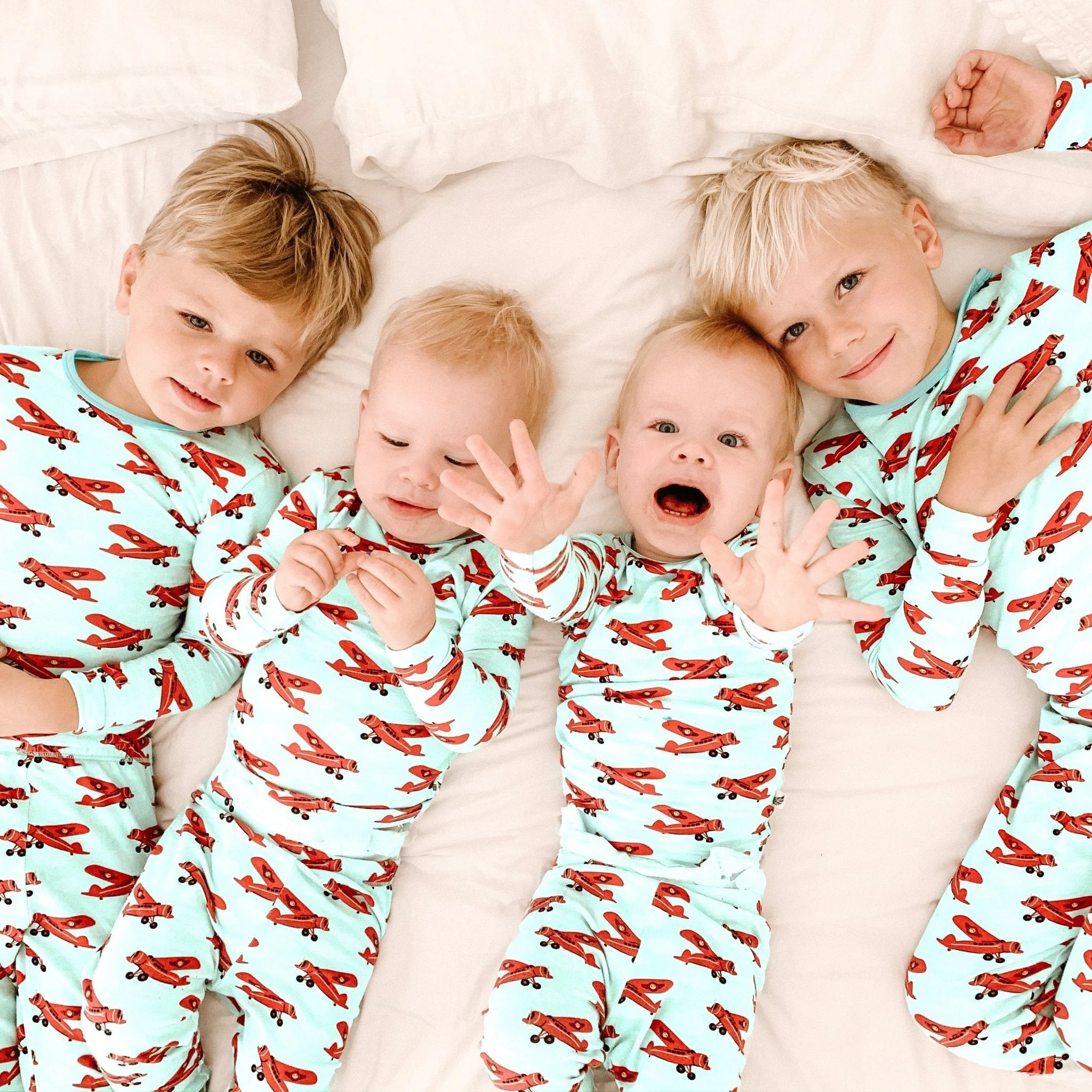A few years back, my family took a trip to Mount Rushmore. After strolling along the trail past the monumental faces carved into stone, I decided to explore the bookstore with my 5-year-old son, Jake, by my side. As we browsed, he noticed a bookmark showcasing the oval portraits of all 44 U.S. presidents neatly arranged. Eagerly, we searched for the four familiar faces we had just admired on the mountain.
“Who’s the president now?” Jake asked innocently. I pointed to the last portrait on the bookmark and responded, “That’s Barack Obama. He’s been the president since before you were born.”
Jake, my blonde-haired, blue-eyed son, scrunched his brow as he scanned the faces. “Huh,” he muttered, “He doesn’t look like a president.”
I was taken aback.
Being part of a multiracial family and having studied race relations in America, I felt the weight of his words. I had celebrated President Obama’s election with tears of joy, yet my son’s comment revealed a stark truth about representation. I glanced around the bookstore, noticing others going about their day as I processed my shock.
While my reaction was rooted in the complexity of race in America, Jake’s innocent observation was simply a reflection of his world. The single brown face among a sea of white ones stood out to him. In his eyes, President Obama didn’t fit the mold of what a president should look like.
In that moment, I recognized my son’s lack of awareness regarding the deep historical context of race, oppression, and inequity. I knew the history, and it weighed heavily on me as I contemplated how to respond. Keeping it simple, I said, “He does look different, doesn’t he? American presidents have often looked similar for a long time, but that’s changing. We’ll see many different kinds of people becoming president in the future. Isn’t that cool?”
He nodded, moving on to the candy aisle, satisfied with my answer. It’s a beautiful thing to be five years old and free from the complexities of societal issues.
One day, I’ll revisit this story with him, highlighting how this was an early encounter with his own white privilege. We’ll discuss how his skin tone aligns with 98% of the most powerful figures in our nation’s history and what that means for him. We’ll ponder what children of color see when they look at those presidential portraits and how it impacts their sense of self. We’ll delve into the painful truths of our nation’s racial history and explore the ongoing nuances of racism as we strive to understand our responsibilities as white Americans in healing these deep-seated wounds.
Many people mistakenly equate white privilege solely with opportunity or economic advantage. However, it encompasses much more. It’s about a child seeing his most pronounced physical trait mirrored in the lineup of our country’s leaders. It’s a six-year-old student of mine expressing, “Whew! I’m glad I’m white,” in response to our Martin Luther King Day lesson. It’s the reality of a national monument featuring four white faces carved into a sacred site for the Lakota Sioux tribe. It’s the acknowledgment that the power dynamics in our society have consistently favored us, leaving us and our ancestors unscathed by oppression due to our skin color.
As a white mother raising white children, I can’t rewrite our nation’s history or erase the existence of this privilege. However, I can ensure that my children grasp the implications of this privilege and understand how it affects themselves and others. I can teach them how to utilize their privilege to advocate for justice.
President Obama’s face stands out among his counterparts, forever marking a significant shift in our nation’s narrative. My hope is that one day, my grandchildren will witness a diverse array of faces reflected in our leadership—a spectrum of ethnicities and genders where every child can see themselves and confidently declare that anyone can “look like a president.”
If you’re interested in more insights on this topic, check out this related post on Cervical Insemination. And if you’re considering at-home insemination options, reputable retailers like Make a Mom offer excellent kits to support your journey. For more information about assisted reproductive technologies, refer to this comprehensive Wikipedia article.
In summary, this experience with my son was a pivotal moment that revealed the innocence of childhood alongside the complex realities of race and privilege. It’s crucial for us to engage in these conversations to foster understanding and promote equality in our society.
